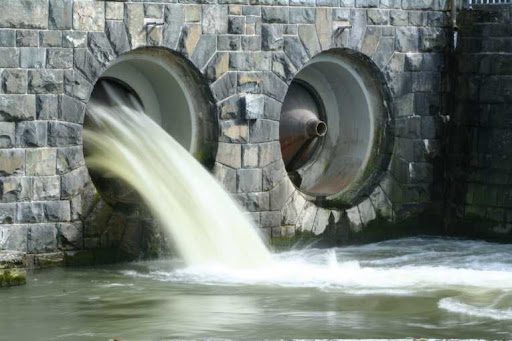America’s Deteriorating Water and Wastewater Infrastructure

By: Adam Stephenson | Oct 11, 2021
America’s water and wastewater infrastructure is old. Many of these systems have been in the ground close to 100 years. This infrastructure has provided reliable service for decades, so much so, that maintenance and replacement were rarely considered. Now, with systems beginning to fail, it’s apparent that these systems need replacing immediately and there is a hefty price to pay for this massive undertaking.
Bill S.914, or the Drinking Water and Wastewater Infrastructure Act, seeks to provide funding for clean water initiatives such as lead pipe and PFAS (Polyfluoroalkyl Substances) removal. The funding also covers wastewater infrastructure replacement. These programs focus on financial opportunities through low interest loans and grants, construction, technical assistance, resiliency, and efficiency. Bill S.914 is a $50 billion dollar investment in clean water, the largest investment in clean water in the history of the United States.
The US Water Alliance provides a breakdown of how the funding will be administered and appropriated:
- $23B will go to State Revolving Funds (SRF). A SRF provides low-cost financing for a variety of water infrastructure projects. The projects can range from stormwater to energy efficiency, or even security at treatment works.
- $15B goes to specifically identifying and replacing lead service lines. These lines can leach lead into drinking water and pose serious public health hazards. This is a huge undertaking as information about pipe material is hard to determine without physical investigation. These funds aid new and existing programs to address lead contamination through lead inventorying and abatement, as well as testing and compliance monitoring at schools and childcare facilities. Funding also includes the replacement of publicly owned lead services lines.
- $6B is allotted to support projects dealing with emerging contaminants in wastewater and more specifically, in small and disadvantaged communities. The EPA (Environmental Protection Agency) identifies pharmaceuticals and personal care products as contaminants of emerging concern. This money will support drinking water projects and activities in underserved, small, and disadvantaged communities that are unable to finance projects to comply with drinking water regulations. Additionally, grant funding helps communities to manage drinking water concerns through household water quality testing, including testing for unregulated water contaminants. Other projects and activities eligible for assistance can include infrastructure projects and technical, managerial, and financial capacity building activities. This also expands to current programs to allow for the purchase of filters that remove contaminants of concern from public drinking water systems and options regarding replacing lead service lines or other sources of lead from water systems.
- $4B is requested to reduce the amount of PFAS in drinking water. PFAS are synthetic chemicals used in food packaging and commercial household products since the 1940s. The more common use of PFAS is in non-stick coatings. PFAS does not breakdown readily over time and can accumulate in the human body and environment, making it difficult to remove. One of the major human health effects is increased cholesterol.
This funding is a step in the right direction. The crumbling infrastructure and clean drinking water problems are now at the forefront of discussions and initiatives. The funds set aside in this act are a down payment in investing in the renewal of America’s water and wastewater infrastructure.

